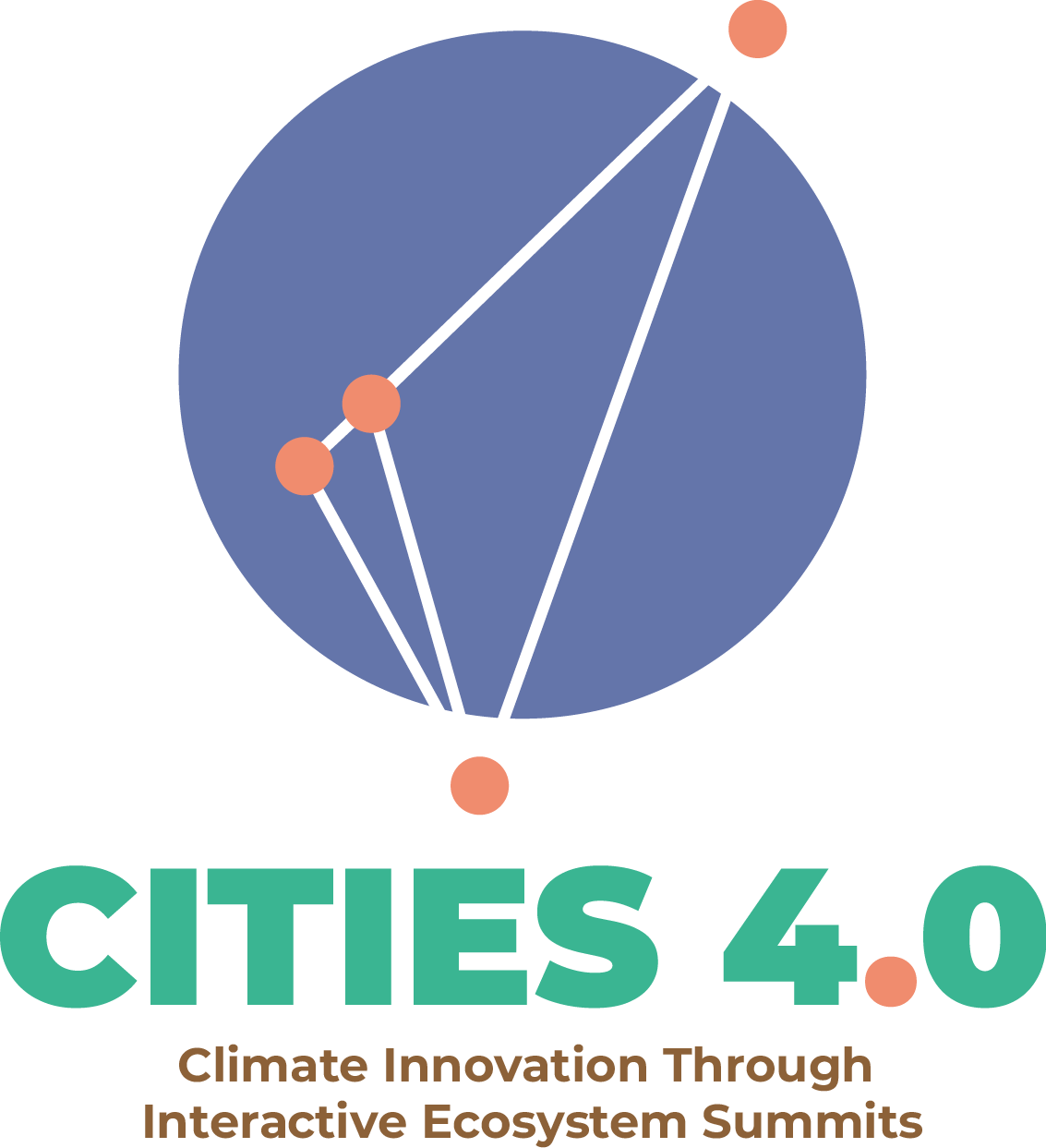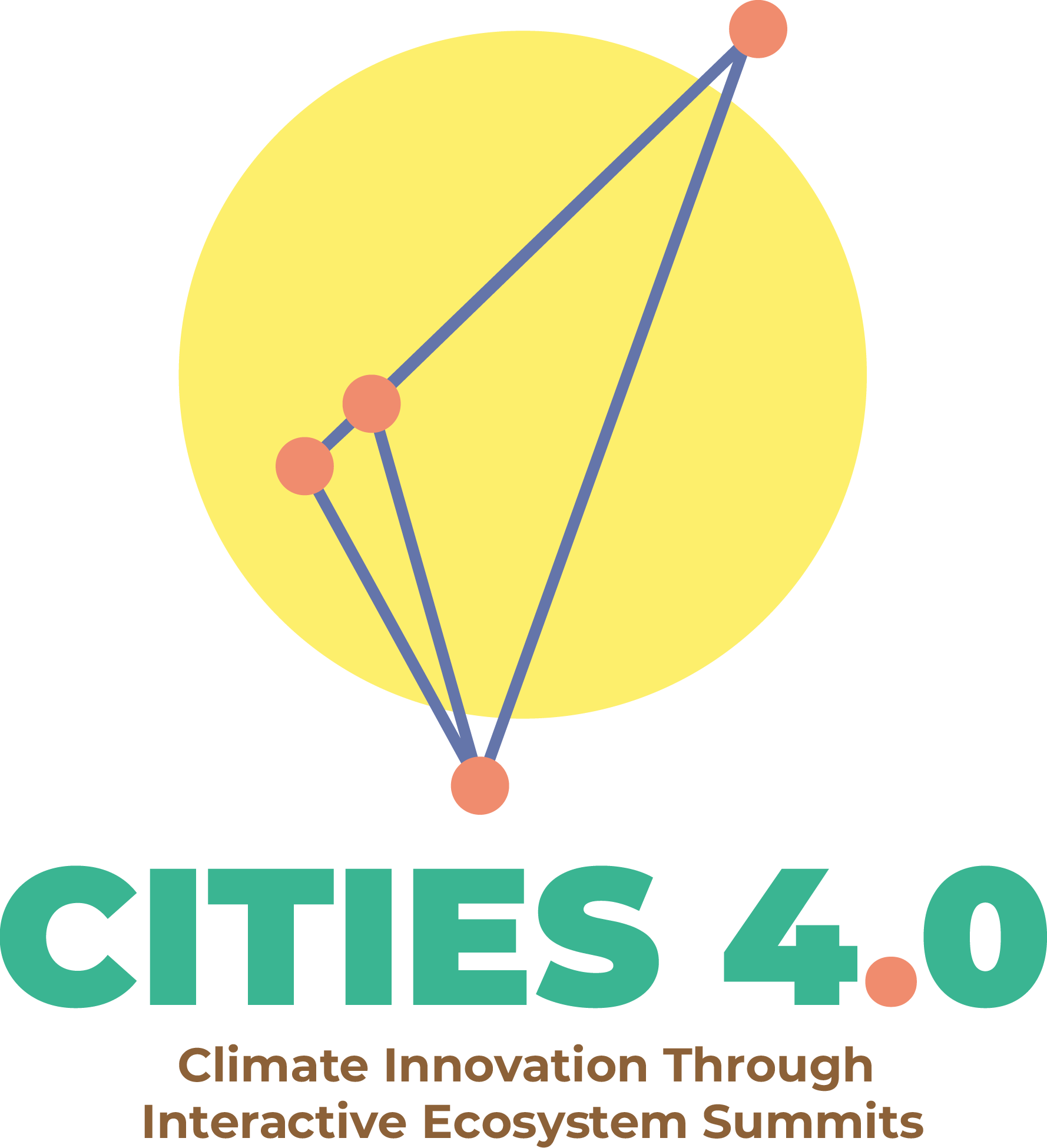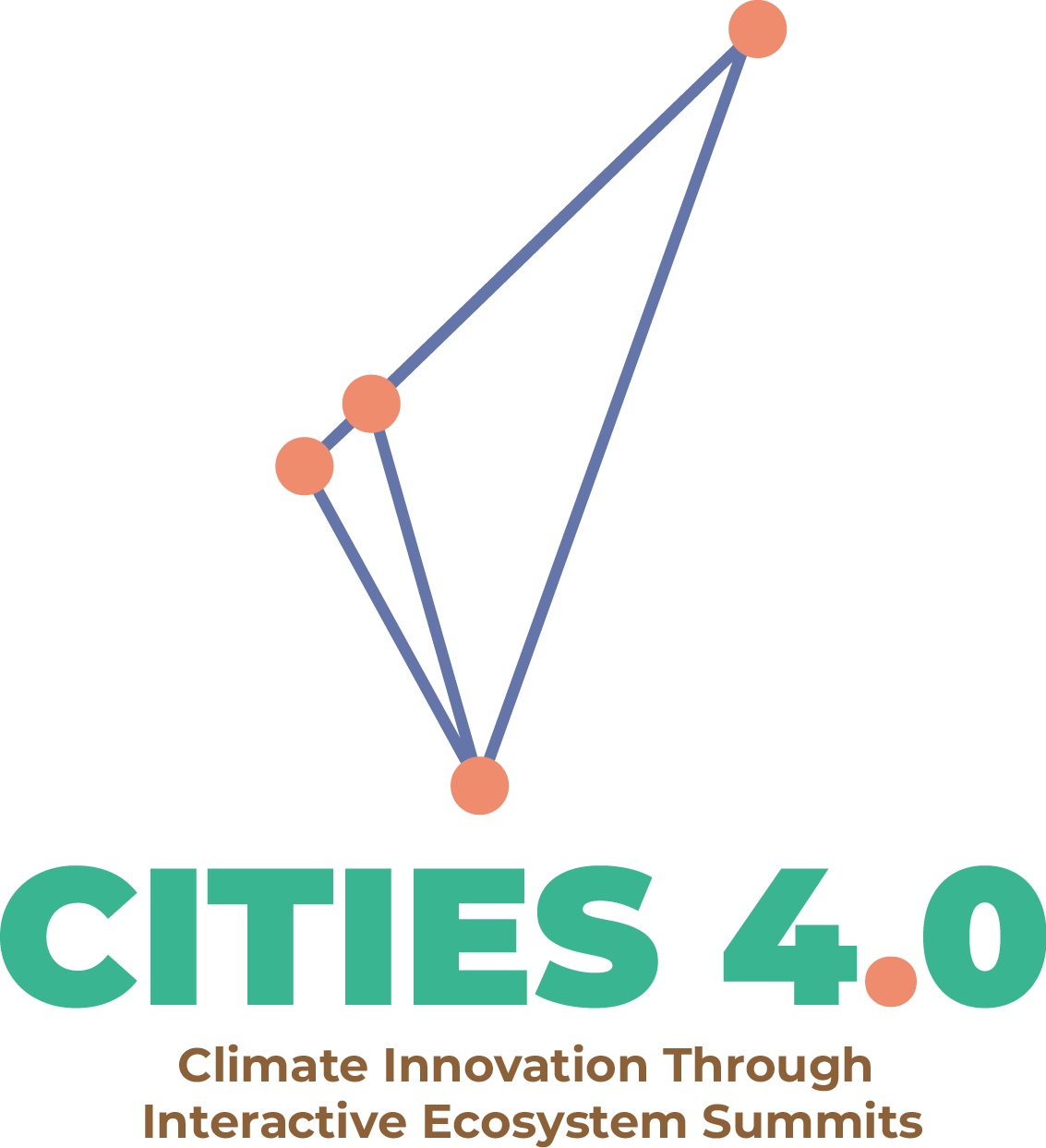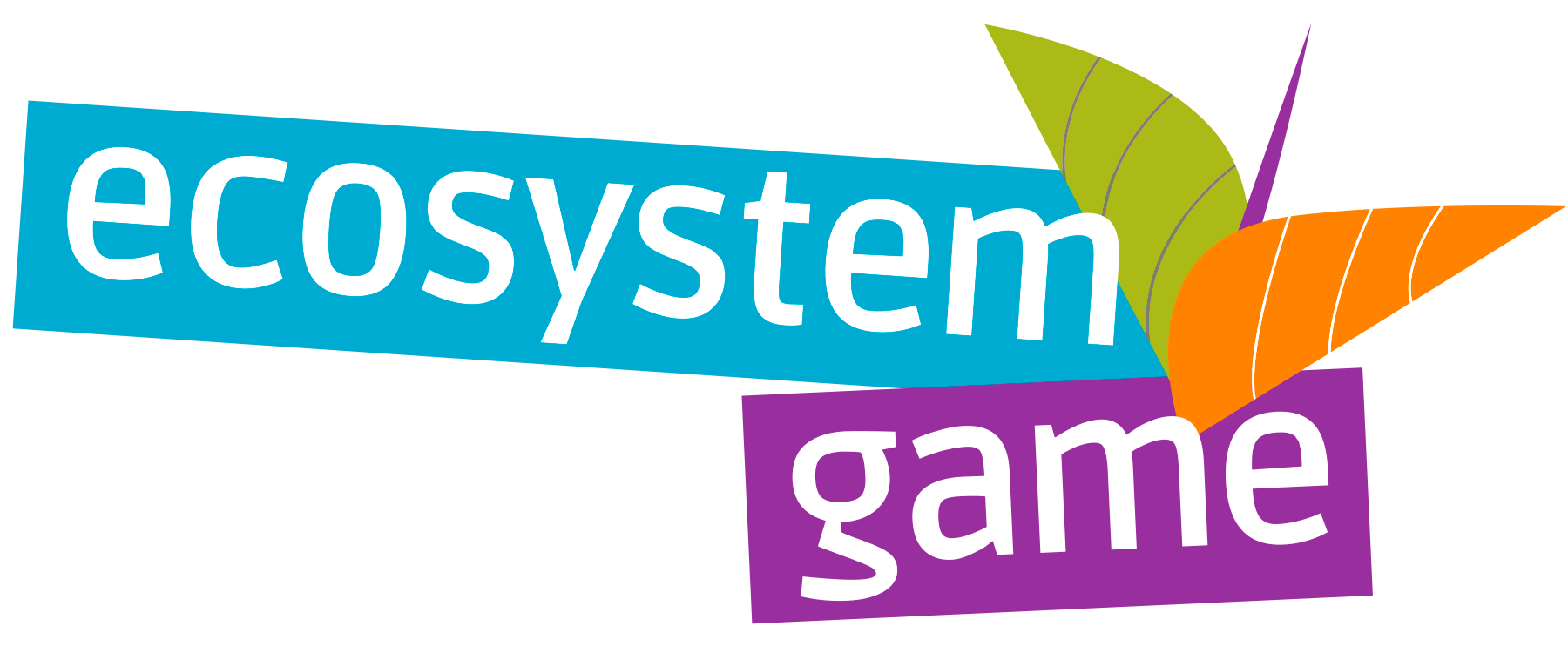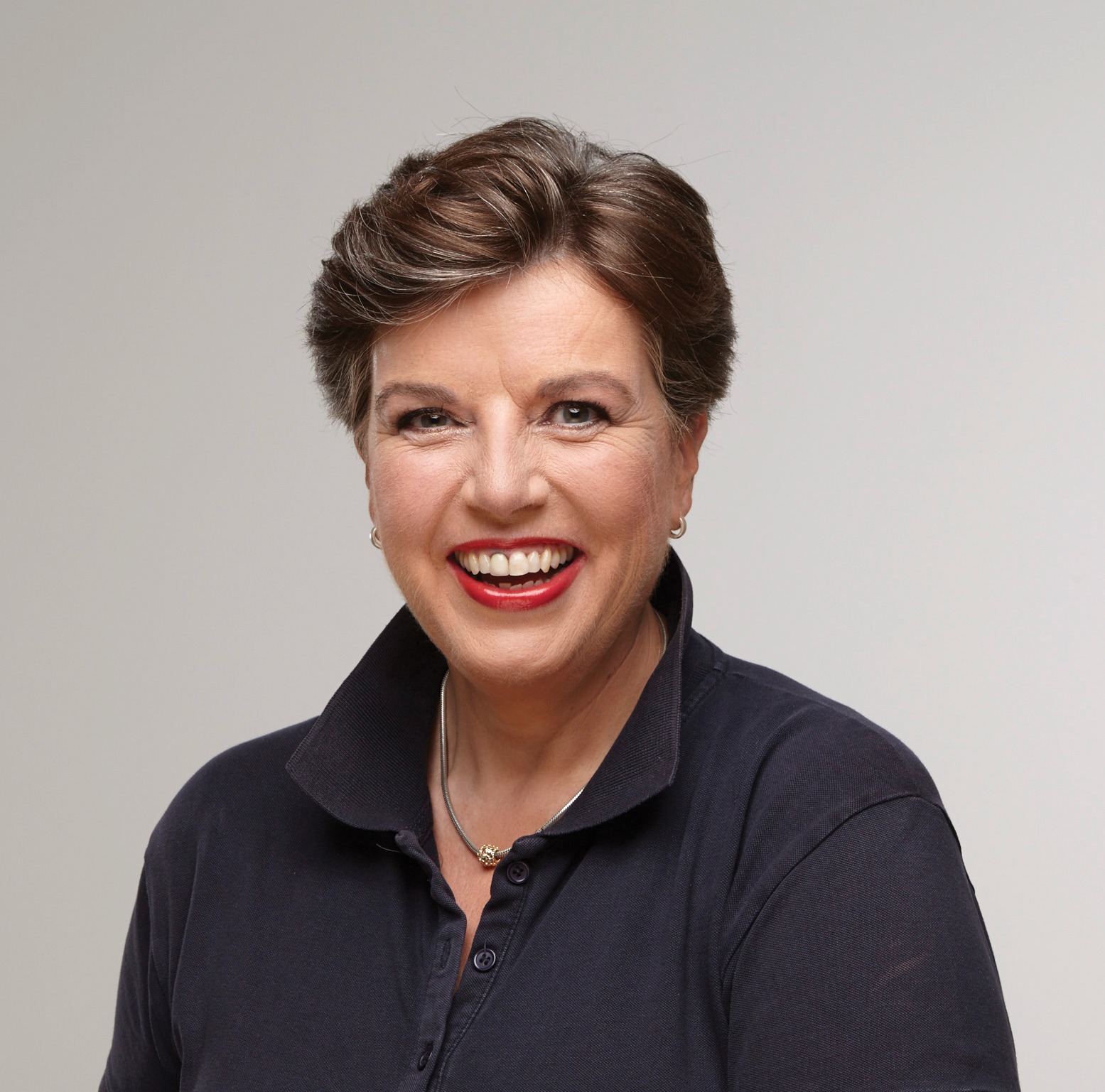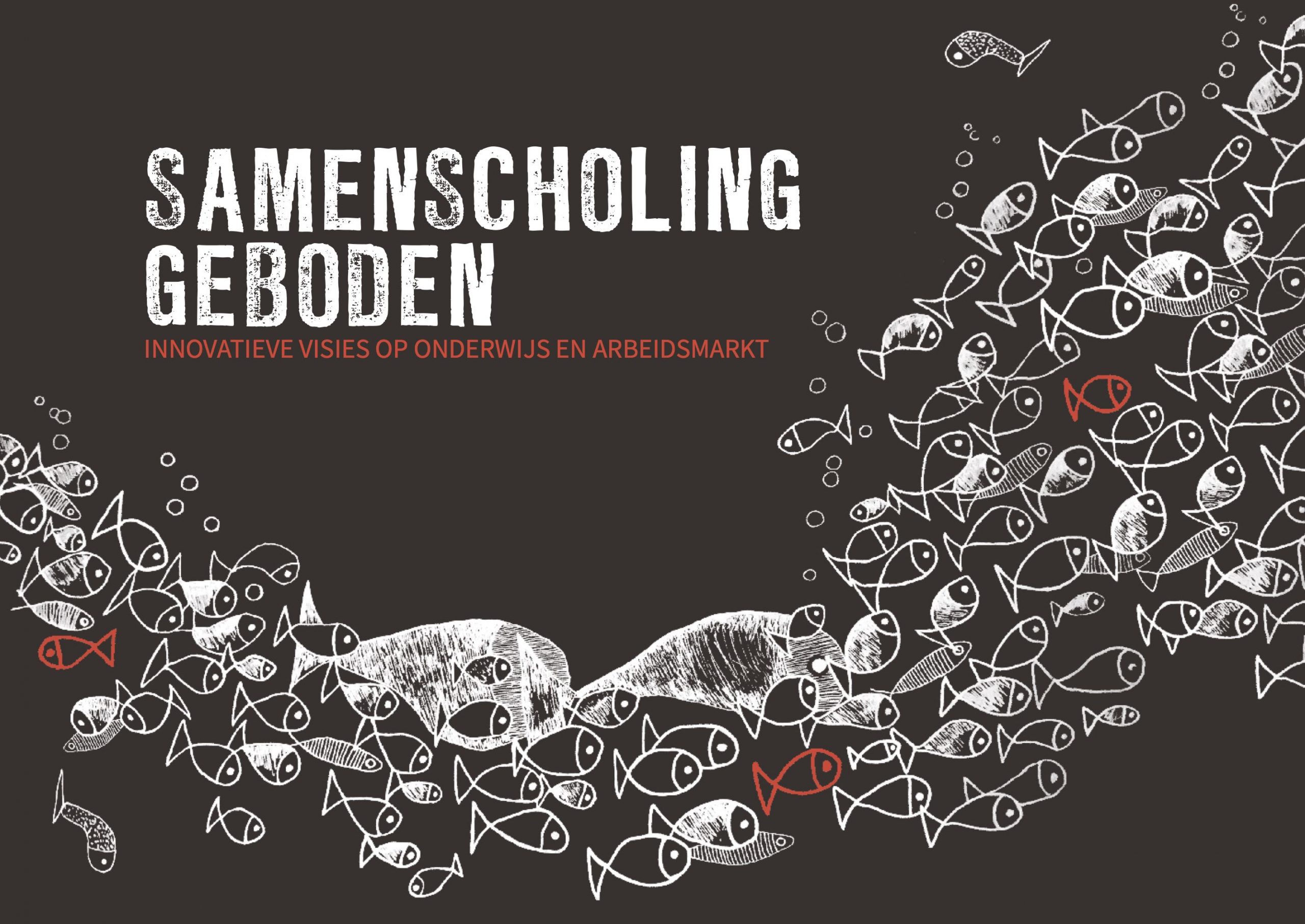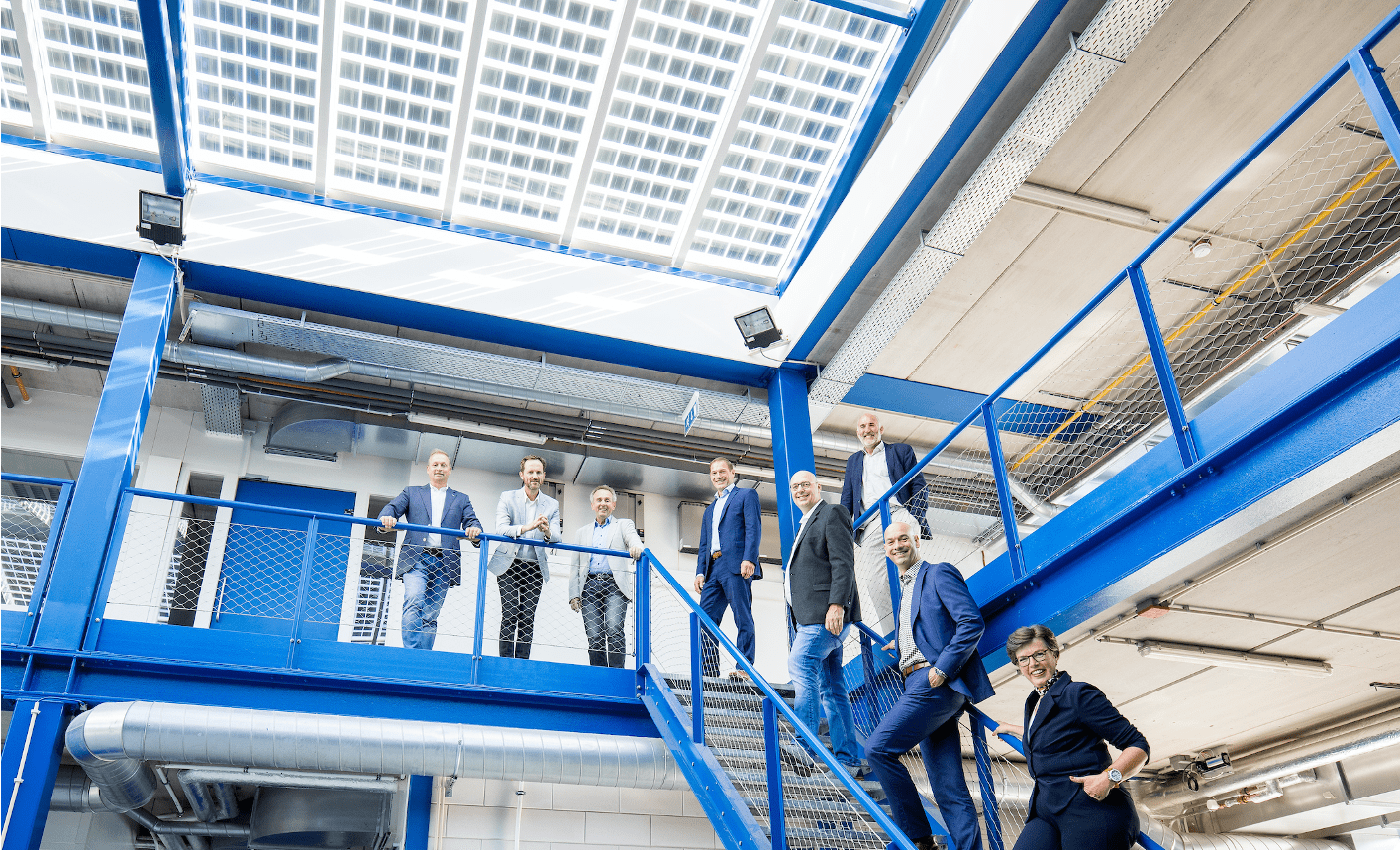Climate Innovation Through Interactive Ecosystem Summits
On the 18th of April the local Ecosystem Game workshop in Leuven took place as part of the Cities 4.0 program. The session took place at Studio Silo on the Vaartkom in Leuven. With around 30 participants from Leuven, the new urban old factory building was an excellent setting for a workshop focusing on making the built environment climate neutral before 2030.
It was extra special for ESTI to be in Leuven as it was a sort of home coming for our Ecosystem Game. Home coming as the game is inspired on the collaboration model by Leuven’s imec foundation where over 600 organizations with conflicting interests successfully collaborate on technology development of the future of high tech. As was the case in the other regions, the built environment is crucial in solving the climate neutral challenge as it represents a large part of the emissions. In Leuven around 95% or 60.000 residential buildings need renovation to certain extend. The focus of the workshop was on a specific neighborhood, Ter Els. This is a homogenous area of listed buildings with a protected architectural and historical value.
The stakeholders in the workshop represented city government, academics, architects, builders, real-estate owners, local companies, citizens and many other stakeholders. Solving these complex multifaceted challenges require true collaboration. That is why everyone got to work from the start with the Ecosystem Game©®that ESTI had brought for enabling multi-stakeholder innovation collaboration. The group enjoyed building a collaboration on solving an off-topic challenge before starting to work in teams on the sustainable built environment challenges.

The built environment challenge was introduced by the ESTI foundation with a number of possible future scenarios for making the building sustainable. Two of these possible scenarios worth mentioning are:
- The energy transition scenario and materials breakthrough scenario. At the current rate, it would take 350 years to touch all 143,000 residential buildings that need renovation to save energy consumption and transition from natural gas to a sustainable heating solution. In the energy transition scenario, a number of game changing and exponentially developing solutions would allow transition in the 2030 timeframe. There are three game changers that are part of that scenario. Game changer 1 is the availability of solar energy at 3-4 Euro cents per kWh, this is expected to be a reality before 2030. The second is related to the projected normalized cost for battery storage to around 2 Euro cents per kWh assuming 10 years battery lifetime and sizing based on required seasonal storage of 70 hours. Finally, game changer 3 is that the system will flip to a new energy system based on a 100% sun, wind and battery-based system. The system will flip from a maximum demand to a minimum supply system with abundance in energy and far lower cost per kWh for energy compared to today’s system.
- The second scenario is related to the innovation in materials. The first game changer in this scenario is related to the bio-tech and biobased revolution in materials. New materials are becoming available with excellent characteristics and in many cases a carbon negative footprint like e.g. PLA based polymer and bio-based materials like mycellium insulation. The second is the application of super insulator materials like aerogel that are becoming affordable and available in building products. And the third is the further adoption of phase change materials like e.g. heat storing and insulating cellulose – PCM mix solutions.

During the discussions the teams identified over 40 challenges that potentially need to be addressed ranging from finding and organizing representation for neighborhoods to enable collective renovation and renovation challenges for listed buildings to challenges around creation of interest from citizens to participate in collective renovation projects.
As a follow-up for Leuven a number of prioritized key challenges related to a sustainable built environment will be shared with a larger community of stakeholders including many citizens. They will vote on what they see as the key issue to be solved. This will then be integrated into the international workshops with representatives from all four regions involved: Turku, Bologna, Eindhoven/Helmond and Leuven to create a number of shared challenges and a joint action plan.
“Cities 4.0 project has been funded by the European Union’s Lump Sum Europe program for Coordination and Support Actions GA 101070827- HORIZON-EIE-2021-CONNECT-01”.
Click here to return to the Cities 4.0 page.


